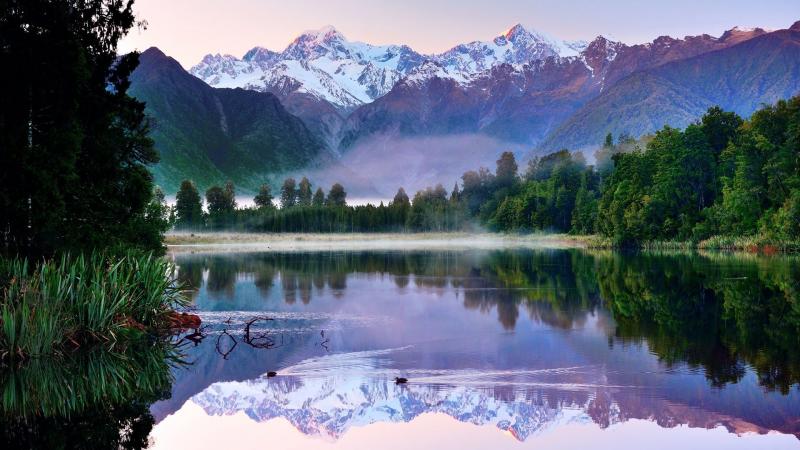
New Zealand's Film Culture
By Tom Patrick
It is almost 40 years since Sleeping Dogs became the first New Zealand film to open in the USA and yet it has only really been since the turn of the century that the famous landscapes has lured in some of the biggest and best films in Hollywood history.
Wellington Studios
Wellington is the very heartbeat of New Zealand’s burgeoning film industry. Boasting a vast array of impressive scenery, the up and coming capital city is a cinematographer’s dream come true. Behind its elevated success is Lord of the Rings director Peter Jackson. Born near Wellington, Jackson’s Stone Street Studios is still based in the city, along with his production company WingNut Films.
Delve into the short but flourishing history of Stone Street Studio’s and you will find a list of blockbuster hits, including King Kong and the Lord of the Rings trilogy. Wellington is also home to Avalon Studios and Park Road Post, an Oscar winning post production company. The nearby Weta Workshop produces special effects for groundbreaking digital graphic films such as Avatar, Master and Commander: The Far side of the World and The Chronicles of Narnia, winning five academy awards in the process.
All of these films have been made in the last ten years, a shining example of the city's rapid growth in the film industry. It's no surprise that the city's nickname is Wellywood. With their pedigree already established, the trend of big film companies using Wellington's world class facilities for their productions looks set to continue.
The Lord of the Rings and The Hobbit
New Zealand’s greatest triumph lies in the production of the three highest-grossing films of all time, the Lord of the Rings Trilogy. Such is the extent of the popularity, an incredible 2,645-pound, 9.8 foot-high, 43-foot-long sculpture of middle-earth character Gollum will be waiting for you upon arrival at the Wellington International Airport. Producing nearly $3 billion and amassing a tremendous flurry of seventeen Academy Awards, it is little wonder the Kiwi’s have taken to this spectacular franchise.
The country was an ideal location because of its extensive and varied landscape favoured by Peter Jackson. The films, adapted from J.R.R Tolkien's books, demand sweeping valleys, rolling hills and snow topped mountains, all of which New Zealand boasts. To add to New Zealand's cannon, Peter Jackson again takes on the role of director for The Hobbit trilogy which will utilise the country’s broad landscape to captivate audiences worldwide. The first Hobbit film released in December 2012 has already grossed over $1 billion, proving New Zealand's capabilities in the film industry.
The Chronicles of Narnia
C.S Lewis's epic seven- book fantasy, The Chronicles of Narnia, comes to life in three films, all of which feature New Zealand landscapes. The Lion, The Witch and The Wardrobe – the most successful of the franchise – was almost entirely set in the country.
Similar to The Lord of The Rings, the beauty and grandeur of the antipodean landscape was perfect for the books' description. Woodhill Forest, situated on the North Island, transformed into The White Witch's Camp to great effect, and Flock Hill, on the South Island, was the scene of the great battle, the tortured rocks and spectacular valleys a suitably dramatic background. The film also made use of Auckland's studios to create the world of Narnia, as did the sequel Prince Caspian. The third film in the series The Voyage of the Dawn Treader was partly filmed at New Zealand's White Island, the site of the country's most active cone volcano.
The Last Samurai
Tom Cruise and Ken Watanabe starred in the 2003 film The Last Samurai, which told the story of a cynical veteran soldier's capture by Japanese warriors and his rebirth as a samurai. The film utilised New Zealand's Mount Taranaki for Mount Fuji. The Henderson Valley Studios were also used, and it's interesting to note that a film set in Japan was, in fact, filmed mostly in New Zealand, with the country's jagged alps and striking countryside being a closer match to 19th century Japan than the country itself. This was mainly because the rapid economic growth in Japan lead to the urbanisation of previously unspoiled areas of the country, leaving them unsuitable for a film requiring raw nature. With views that have stayed the same for hundreds of years, the picturesque backdrop of New Zealand’s rural areas were more appropriate for the film's setting.
Share this article:




















